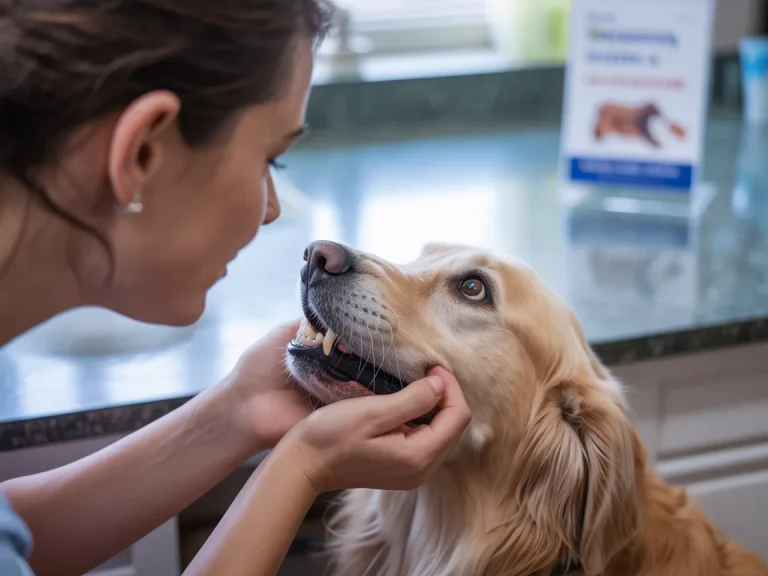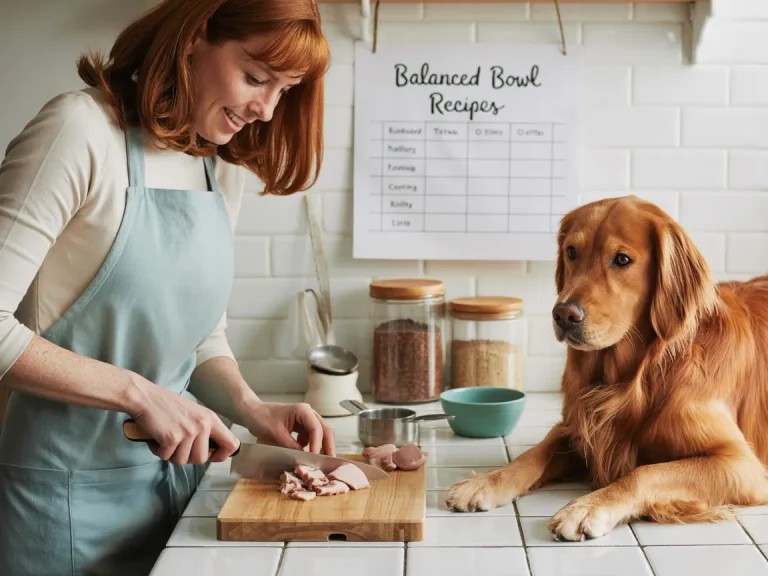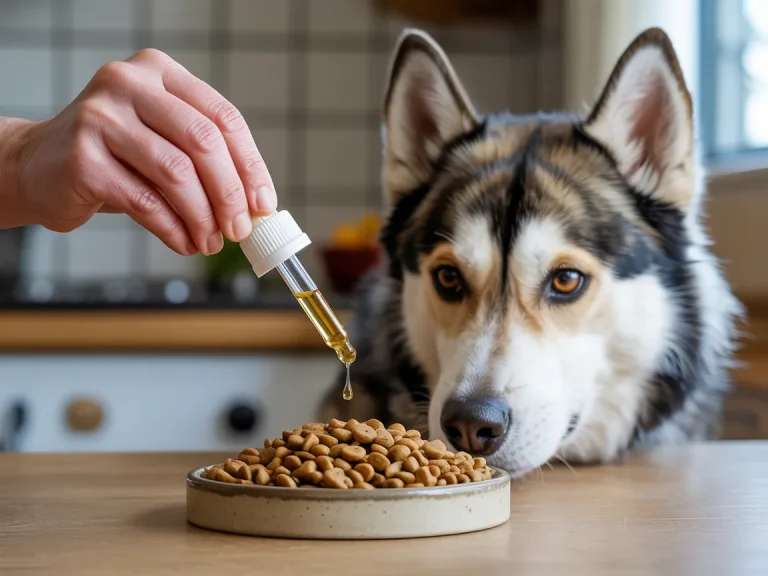Feeding your dog a nutritious diet can be easier than teaching an old retriever new tricks—and it doesn’t have to cost a fortune. With a sprinkle of creativity and a dash of love, you’ll have your pup prancing around with energy to spare and a coat as sleek as a well‑tailored suit. Ready to dig in?
Introduction to Smart Feeding
Every dog is one-of-a-kind, but they all flourish on balanced meals. Swap mystery kibble for real food, pay attention to portions, and you’ll see fewer “uh‑oh” moments at the back door, plus shinier fur and a stronger immune system. Curious how small tweaks can make a big difference?
Create Balanced Homemade Meals
Think of yourself as the head chef in your dog’s favorite bistro. Start with a protein—chicken, turkey or lean beef are your go‑tos—and rotate weekly to keep the menu fresh (and avoid any food sensitivities). Then, toss in some veggies: steamed green beans, carrots or a handful of spinach puree add fiber and vitamins. A scoop of sweet potato or brown rice brings steady energy to fuel zoomies and sunset strolls alike. Finally, stir in a little fish oil for omega‑3 goodness (hello, glossy coat!), or drizzle in low‑sodium bone broth to make each bite downright irresistible. Just remember to adjust portions so you’re not accidentally overfeeding your marathon runner… or couch potato.

Vet‑Approved Homemade Dog Food Recipes
Worried about missing a nutrient? Vet‑approved recipes have your back, balancing calcium, phosphorus and essential fatty acids so you don’t have to dust off your chemistry set. Here’s a simple formula that’s passed the tail‑wag test at my house:
1 cup cooked chicken breast
½ cup brown rice
⅓ cup mixed veggies
1 teaspoon fish oil
Serve this for a few days, then swap in turkey or lean beef. Your pup’s palate—and digestive tract—will thank you for the variety.
DIY Treat Time with Easy Homemade Dog Treats
Who needs store‑bought biscuits when you can whip up treats in your pant pocket? Baking at home means zero preservatives and total bragging rights.
Ever tried peanut butter bites? Just mix oat flour, natural peanut butter and a splash of water into a dough, roll it out, cut bite‑sized squares and bake until firm. For digestive support, pumpkin power treats are a winner—stir pure canned pumpkin into whole‑wheat flour for soft, tummy‑friendly morsels. And on scorchers when you’re begging for ice cubes, pour low‑sodium bone broth into trays and freeze. Your dog will think it’s a pool party in every cube.
These homemade goodies aren’t just easy on the wallet—they turn training sessions into celebrations. After all, who can resist those puppy‑dog eyes when the prize is literally in your hand?

Optimize Dog Food Storage
Ever opened the kibble bin only to find stale, dusty nuggets at the bottom? Proper storage keeps every bite tasting fresh and safe. Scoop your kibble into an airtight, BPA‑free container—think of it as a fortress against moisture and pantry invaders. If you’re cooking up batches of wet or homemade meals, portion them into freezer‑safe bags and stash them in the icebox. The night before dinner, simply thaw one serving in the fridge—no more wrestling with last‑minute meal prep. And don’t forget to jot the prep date on each package; you’ll always grab the oldest batch first, cutting down on waste and keeping nutrients locked in.
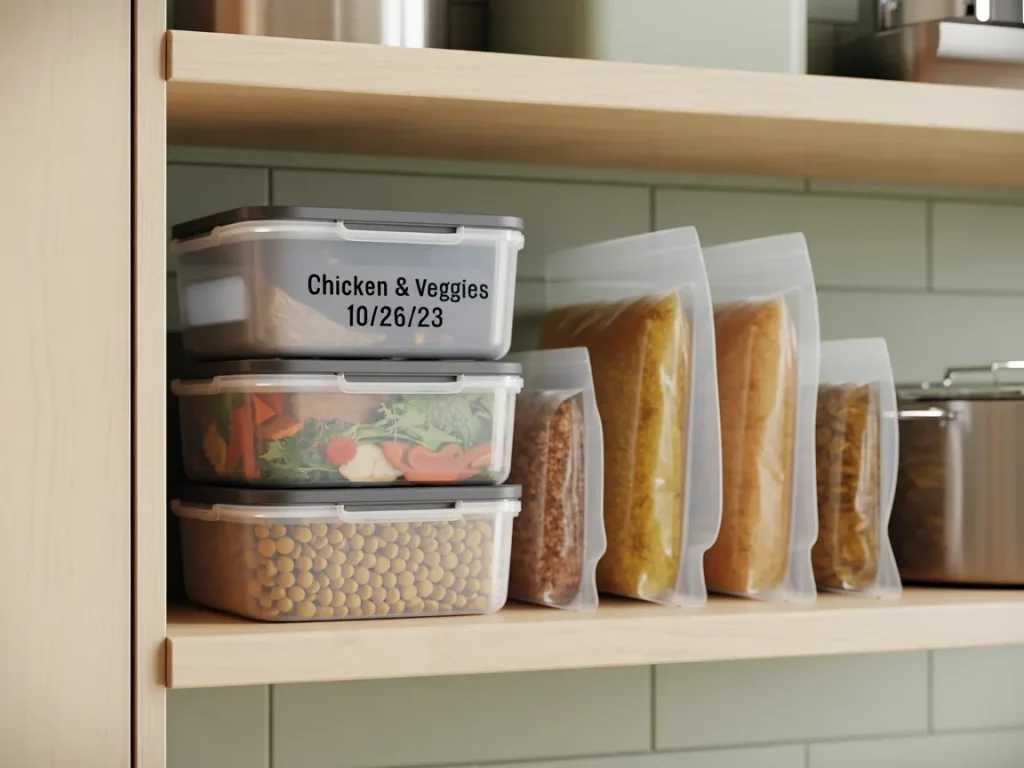
Support Dental Health with Diet
Brushing your dog’s teeth isn’t always a walk in the park, so why not let their food lend a hand? Raw carrots or crisp apple slices (minus the seeds) act like a gentle toothbrush, scrubbing away plaque as your pup munches. High‑quality dental chews are another fun treat that helps control tartar—just don’t go overboard. Even rotating in a kibble with a chunkier texture can encourage extra crunch time, keeping teeth cleaner and breath fresher. After all, who doesn’t love puppy kisses without the “yuck”?
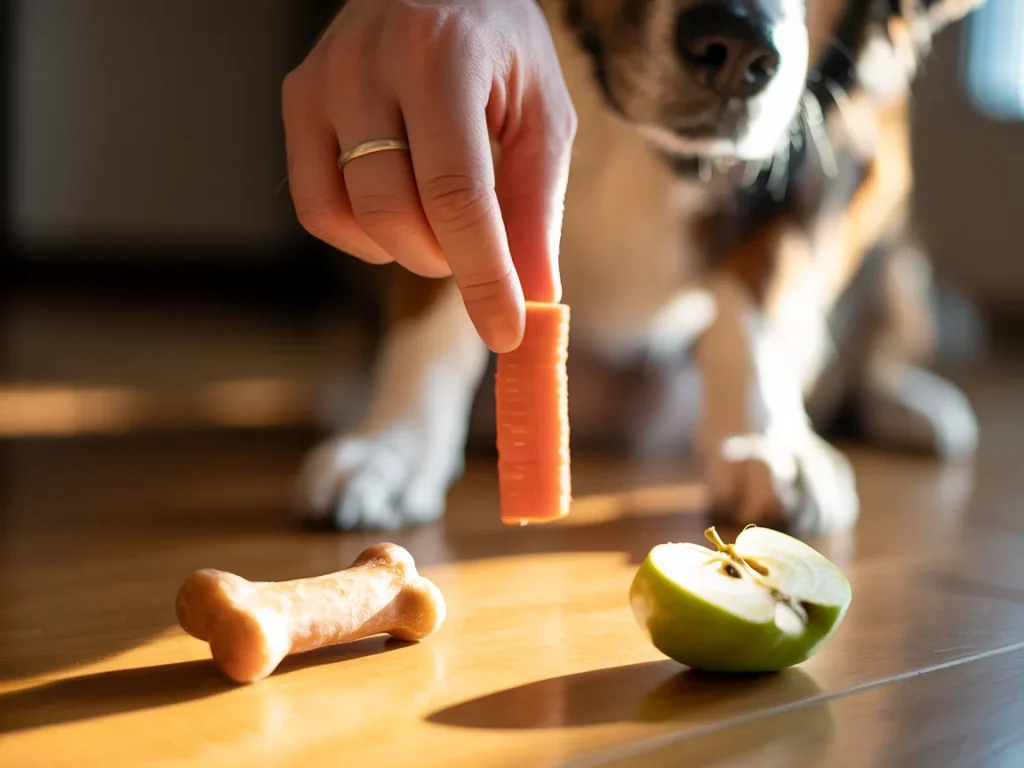
Nail Nutrition—Feeding for Strong Dog Nails
Ever notice your dog’s nails cracking like dry twigs? Nutrition plays a starring role in claw health. Eggs and salmon pack a biotin punch that supports keratin—the building block of sturdy nails. Want to go the extra mile? Stir a scoop of unflavored collagen powder into their meal; it’s like a smoothie boost for nails (and that glossy coat, too). And don’t underestimate hydration: fresh water keeps skin and nails supple, so refill that bowl generously. Healthy nails mean fewer trips to the groomer and way less splitting drama.

Supplement Smartly
Whole foods should be the foundation of your dog’s diet, but targeted supplements can fill in the blanks. Probiotics help maintain a happy gut flora, which in turn supports digestion and immunity. Digestive enzymes break down proteins and fats more efficiently—perfect for pups who struggle with sensitive stomachs. And a sprinkle of vitamin E and zinc promotes skin repair and a shiny coat, reducing itchy hotspots. Before you dive in, have a chat with your vet to make sure every supplement plays nicely with your dog’s unique dietary needs.
Rotate Your Recipes for Variety
Ever notice your dog giving you the side‑eye at dinner? Routine can turn even the most devoted eater into a picky critic. Shake things up by rotating your protein star each week—chicken one week, beef the next, then fish or turkey. Think of it like a rotating gallery of flavors that keeps your pup’s palate curious. Swap brown rice for grain‑free options like lentils and peas if you’re exploring wheat‑free territory. Feeling adventurous? Whip up a turkey‑and‑sweet‑potato mash or a fish‑and‑veggie medley and watch their tail wag like a metronome. A varied menu isn’t just fun—it’s your best bet for covering all the nutrient bases and making mealtime the highlight of their day.
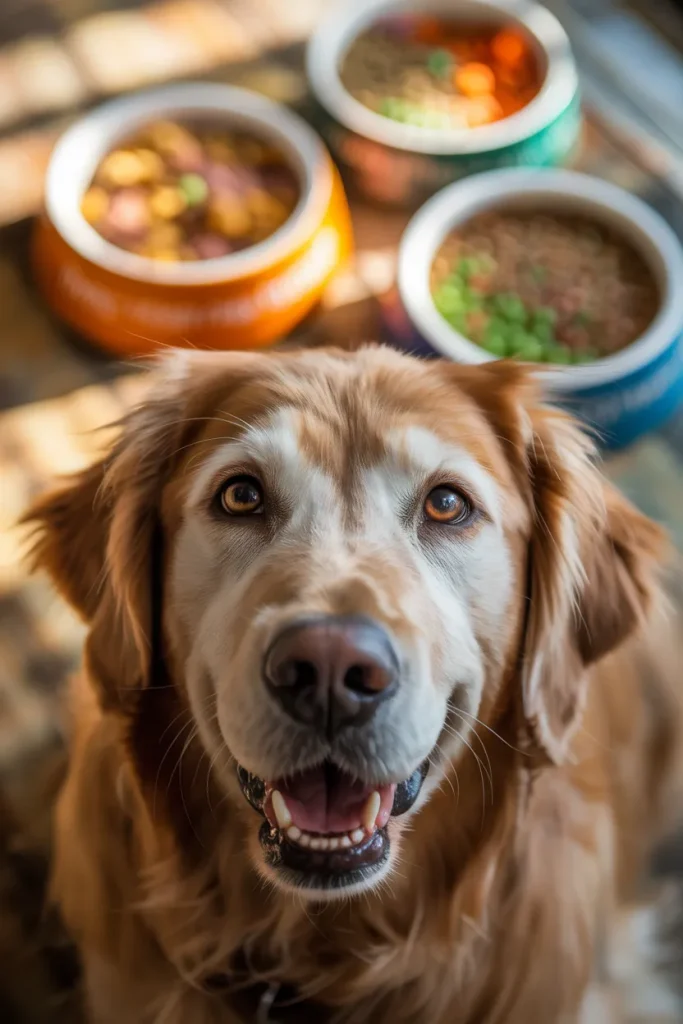
Warm Conclusion
You don’t need a PhD in pet nutrition to give your dog the very best—just a handful of simple hacks and a dash of creativity. From vet‑approved homemade meals to freezer‑ready treats, you’ve got everything you need to boost energy, support longevity, and save a few bucks along the way. Remember: slow and steady wins the race. Introduce new foods over 7–10 days, keep an eye out for any tummy rumbles, and adjust as needed.
Here’s to happy bowls, wagging tails, and many joyful meals ahead!
Disclaimer: This article is for informational purposes only and does not constitute professional veterinary advice. Always consult a licensed veterinarian or certified dog trainer regarding the specific needs and health of your dog.
